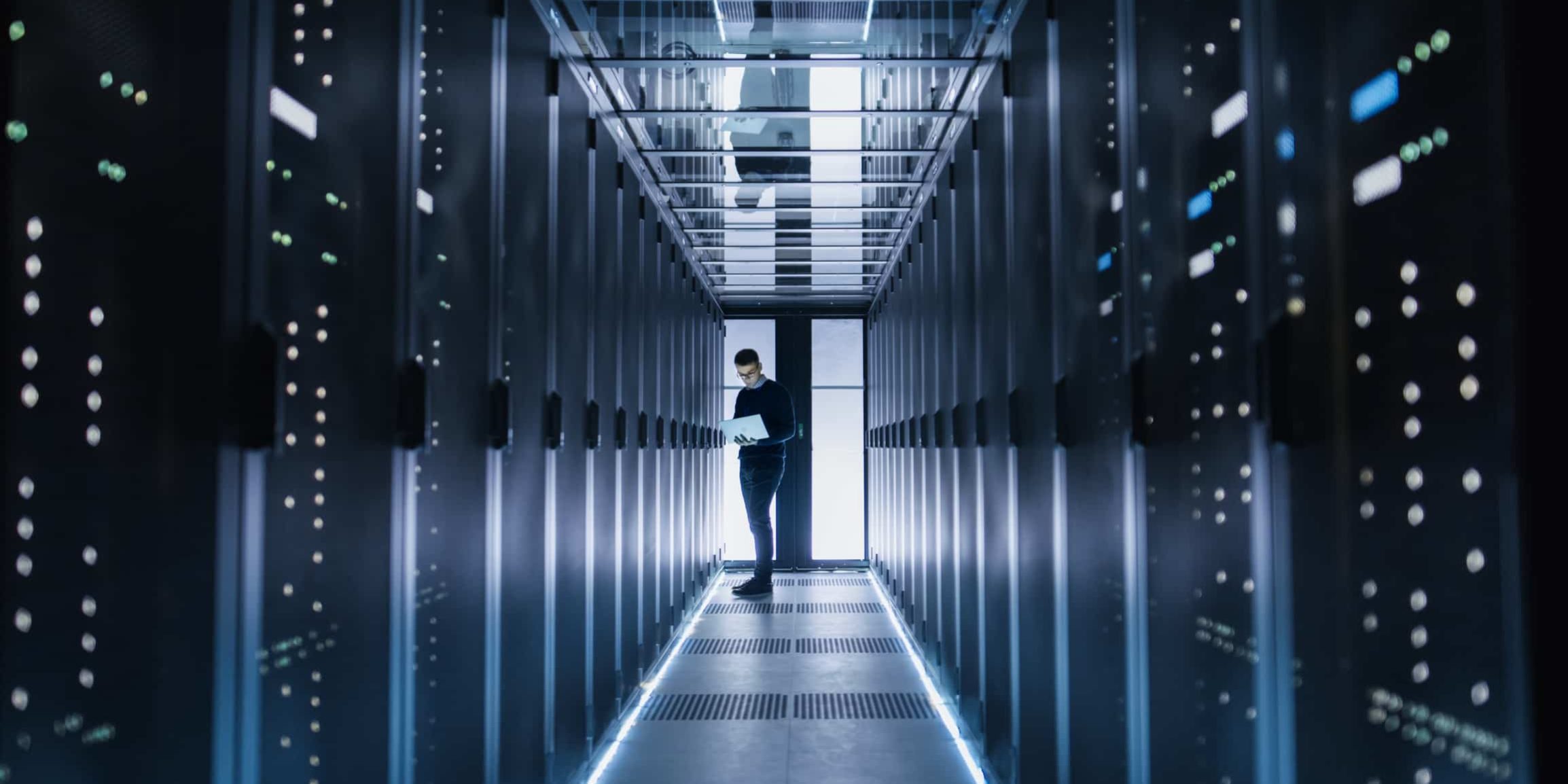In the business world, we are familiar with the word “client” as someone who is benefitting from the services of a business. However, when we enter the tech sector, the word “client” can also refer to something else, especially when discussed in the same context as “server.” So what do these two tech terms mean? We’ll get you up to speed so that you can understand if these terms come up during your custom software development project.
Defining The Client Server Model
The term “client” refers to a device or program that initiates a request for services. For instance, when looking up a website, your computer web browser acts as the client requesting information. It sends the request off to the server which will then process the request and return the webpage. In this way, the client is what we interact with and use to make requests on the front-end of an application while changes to the server would be considered back-end development.
The server can be computer hardware or software (such as a computer program) that processes requests and provides functionality. Servers can either accept requests, in which case the action can be completed, or they can deny requests and send back an error message. While this is an extremely simplified explanation of the relationship between clients and servers, it helps to think in terms of this call and response or request and response format.
The Role of Servers
Servers store data and are helpful in connecting multiple devices. One significant benefit of a server is that they often have greater processing power than an individual device. This is helpful when managing multiple client requests simultaneously.
“Most servers have a one-to-many relationship with clients, meaning a single server can provide resources to multiple clients at one time.” ~ Client-Server Model Definition (techterms.com)
Virtual servers are an efficient, scalable and cost-effective cloud solution for business since one physical server can be converted into a virtual server which can then act as multiple virtual machines. For businesses that don’t need their own physical servers on premises, this also eliminates the cost and work of server management and maintenance.
How Do Servers Work?
There are different types of servers such as web servers and database servers. The functionality and language used for server development, communication and request processing will depend on the server type. Web servers often use Hypertext Transfer Protocol or http to process requests while Structured Query Language or SQL is often used to manage relational databases. Popular languages for server-side programming include Ruby, Python, PHP, NodeJS (Javascript) and C#, among others. A few of the most popular types of database servers include Oracle, MySQL, Microsoft SQL Server and Sybase.
Why Your Business Should Leverage Cloud Services
If you are ready to shift away from on premises databases, cloud data storage solutions are often the most affordable and scalable options for businesses. Many companies are opting to leverage Snowflake as their data management solution. The Snowflake Cloud Data Platform offers database storage, query processing and cloud data services to businesses of all sizes. Data encryption and role-based access control helps to safeguard your data both in transit and at rest.
As a Snowflake Implementation Partner, the team at 7T can review and discuss your company’s data needs and recommend the best solution for your business. To discuss your data migration project and switch to a cloud-based environment, call 7T today.








